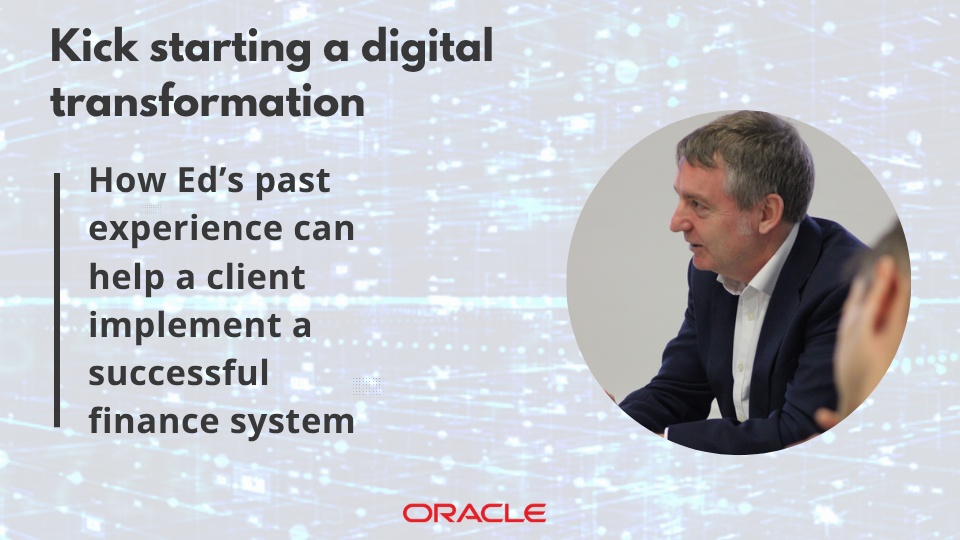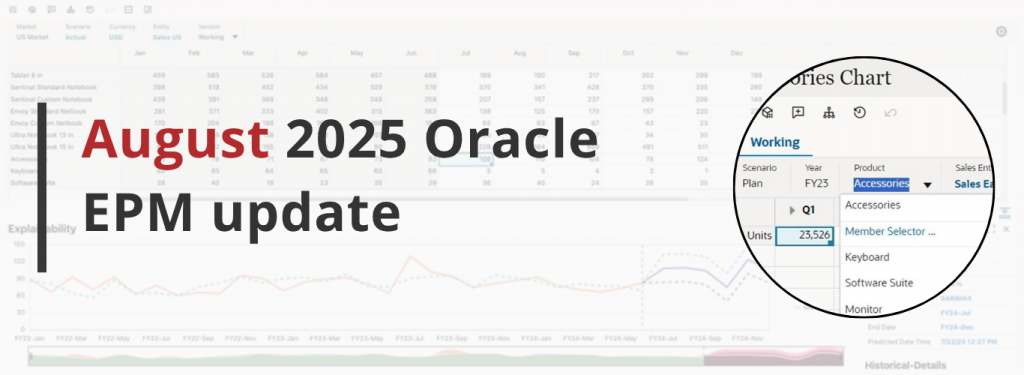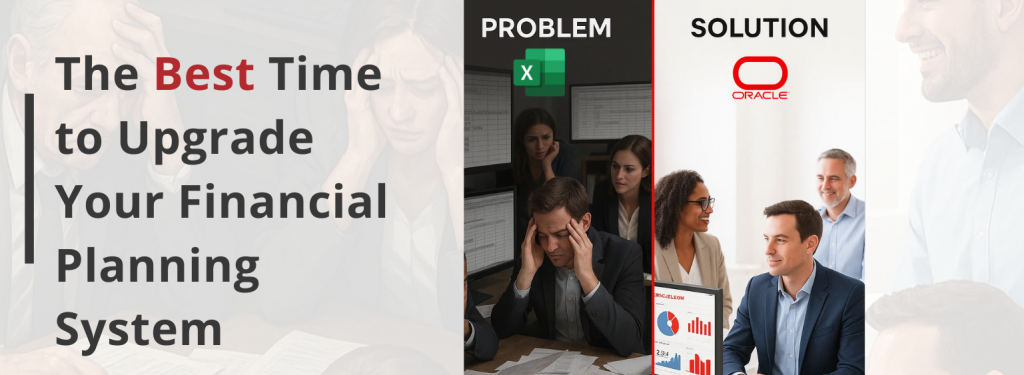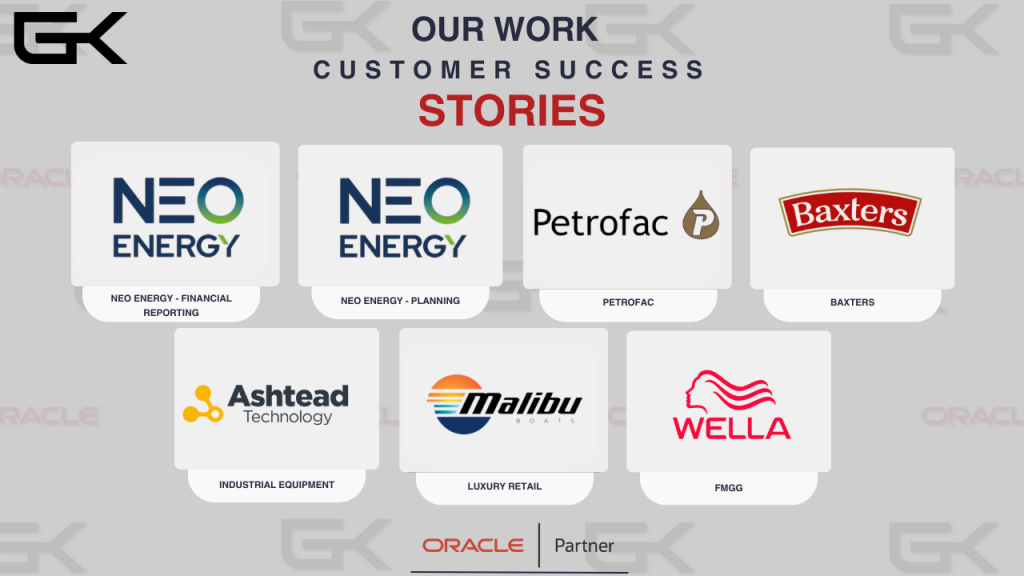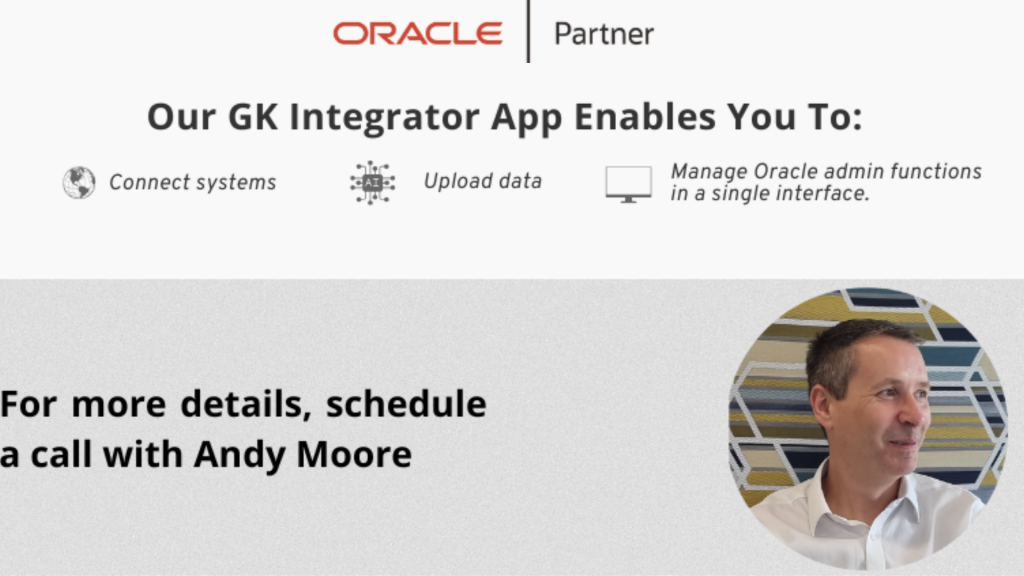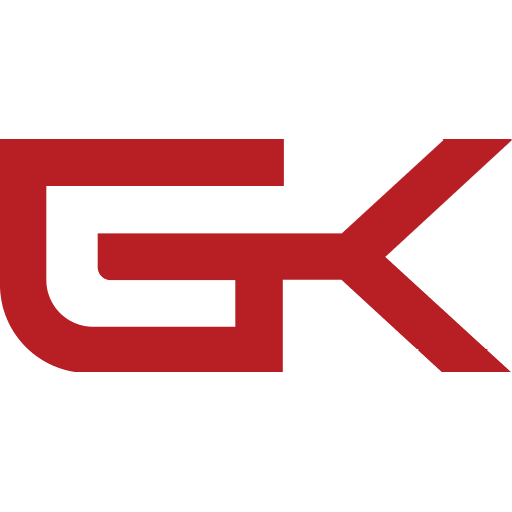NEO’s pain points will likely resonate:
Forecasting done in Excel = time-consuming, error-prone
Data from multiple systems (SAP, EnergySys) not connected
No clear audit trail or version control
Impossible to scale planning across departments or acquisitions
The Turning Point: Oracle EPM + GK’s Customised Implementation
Instead of defaulting to a huge tech overhaul, NEO partnered with GK to streamline what they already had using Oracle EPM.
Together, we delivered a planning environment that was:
– Integrated across SAP and operational systems
– Unified for both financial and operational data
– Scalable for acquisitions and growth
– Easier to use — with fewer workarounds and better adoption
“Implementation partners are essential in helping businesses navigate Oracle EPM. Their expertise is key to making the system work for real-world needs.”
- Simon Tweedie, Corporate Controller, NEO Energy
Important Oracle EPM Term: "Forecast Accuracy"
This Isn’t Just About Energy – It’s About Finance Teams Everywhere
We’ve seen the same story unfold across industries:
Retail teams stuck exporting POS + inventory data to Excel
Travel companies struggling with real-time demand planning
Legal and professional services juggling disjointed reporting processes
Manufacturers needing to align supply chain and finance
Finance teams across every sector losing time to version control chaos
Definition: How closely your forecasts match actual outcomes.
Why It Matters: Poor forecast accuracy = poor decisions.
Think of your forecast like the GPS for your business.
If it’s even slightly off course, small errors compound – and suddenly you’re miles from where you should be. We’ve seen companies invest months into planning cycles, only to find that inaccurate assumptions or disconnected data caused major financial surprises.
One client projected a 10% rise in revenue… but actuals came in 7% lower. Why? Forecasts were built on stale sales data, locked in spreadsheets, and missed the shift in market demand.
With Oracle EPM, forecast accuracy becomes measurable and manageable. Real-time integrations with ERP systems like SAP ensure your forecasts reflect what’s actually happening – not what you hope is happening.
Finance leaders must confidently guide the business, adapt plans faster, and build trust at the board level.
Whether your ERP is SAP, NetSuite, or something else – Oracle EPM sits on top of it and unlocks a smarter, more connected way to plan.
And GK’s implementation model means:
✅ No need for a complete rebuild
✅ Focused improvements where it counts
✅ Real adoption (no shelfware)
✅ Results that resonate with your board
Featured content
When Is the Time to Upgrade Your Financial Planning System?
As businesses face increasing market pressures and complexity, the need for agile and accurate financial planning has never been greater. Many organisations still rely heavily on legacy systems or Excel spreadsheets, which can limit their ability to respond quickly and efficiently.
Let’s look at your current setup and map out a focused, efficient EPM journey.


